Guide to CO2 diffuser cleaning
Introduction to CO2 Diffusers in Aquariums
CO2 diffusers play a crucial role in maintaining a healthy aquatic environment, especially in planted aquariums. They ensure that carbon dioxide is evenly distributed throughout the tank, promoting optimal plant growth. The CO2 is absorbed by the plants, helping them photosynthesise and thrive. In tanks with high-light levels or nutrient-dense setups, a CO2 diffuser is essential for maintaining healthy plant life and reducing algae growth.
Regular maintenance of your diffuser is key to ensuring the system works effectively. Over time, diffusers can become clogged with debris or mineral build-up, which can reduce their efficiency. Learning how to clean CO2 diffuser properly will help maintain smooth and consistent CO2 flow, leading to a healthier aquarium ecosystem.
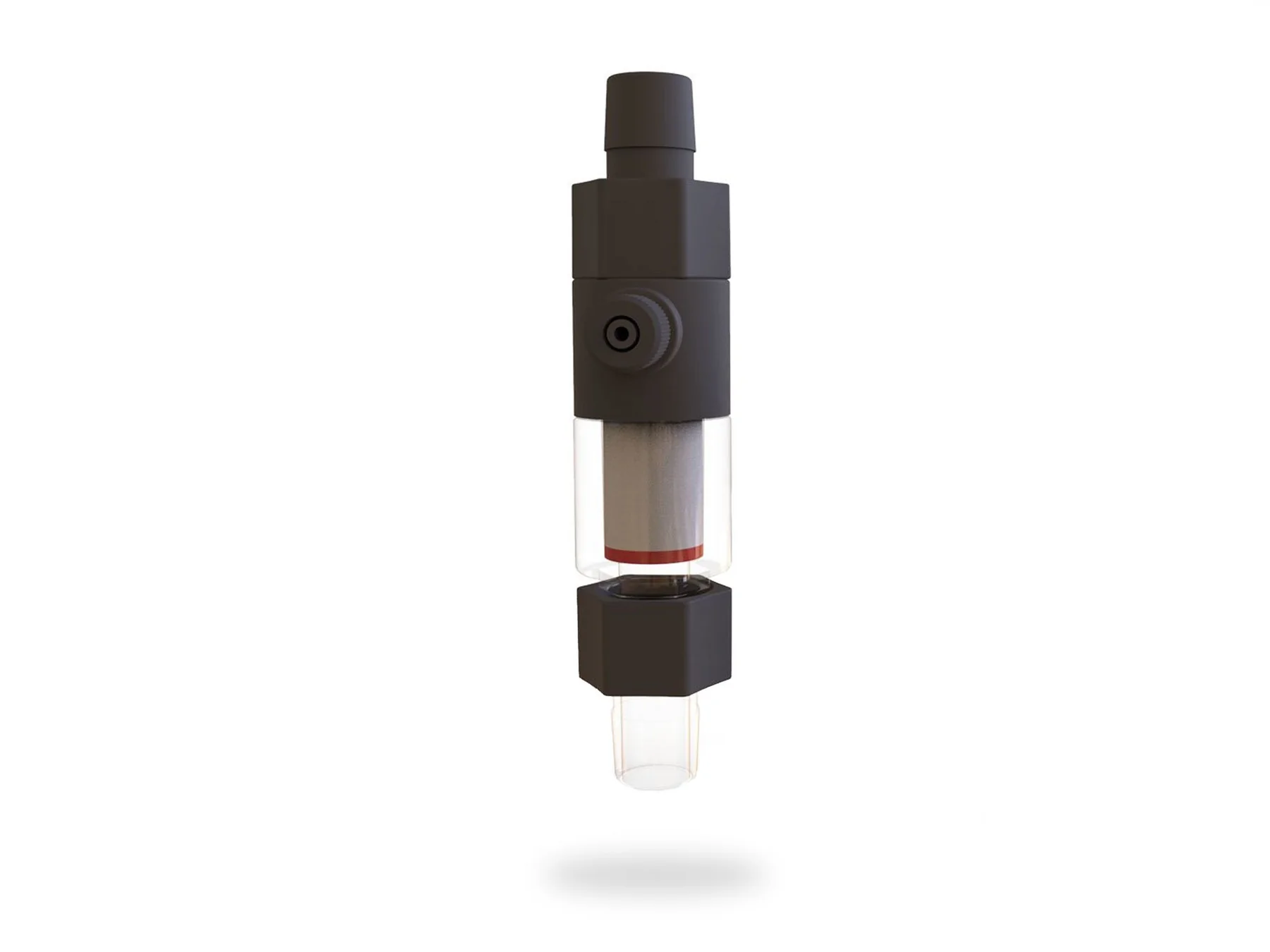
Why Clean Your CO2 Diffuser?
Cleaning your CO2 diffuser is not just about maintaining aesthetics; it's about ensuring that your CO2 system functions at its best. Over time, mineral deposits from the water and CO2 build up on the surface of the diffuser. This build-up can block the small pores or openings, which reduces the diffuser's efficiency and makes it harder for CO2 to dissolve into the water. A clogged diffuser means less CO2 for your plants, which can hinder their growth.
A clean diffuser also helps prevent issues like poor water circulation or algae blooms. When CO2 is not evenly distributed, certain areas of the tank may receive too much CO2, while others get too little, resulting in an imbalance. Optimal CO2 flow supports a thriving, well-balanced tank environment.
Signs That Your CO2 Diffuser Needs Cleaning
Over time, your CO2 diffuser may show signs that it needs cleaning. One of the most noticeable signs is a reduction in the number of CO2 bubbles coming from the diffuser. If you observe that the bubble count is lower than usual, it could be because the pores are clogged, preventing proper CO2 release. Similarly, if you notice that the bubbles appear larger or irregular, this may indicate a build-up of deposits.
Another sign that your diffuser requires cleaning is when the water near the diffuser becomes cloudy or murky. This can occur when CO2 is not diffused properly and instead collects in bubbles that affect the water quality. If these signs occur, it's time to consider how often to clean diffuser components, ensuring that your diffuser works at its full capacity. Sometimes, a decrease in working pressure on your regulator can be a telltale sign that your diffuser is clogged and may need cleaning.
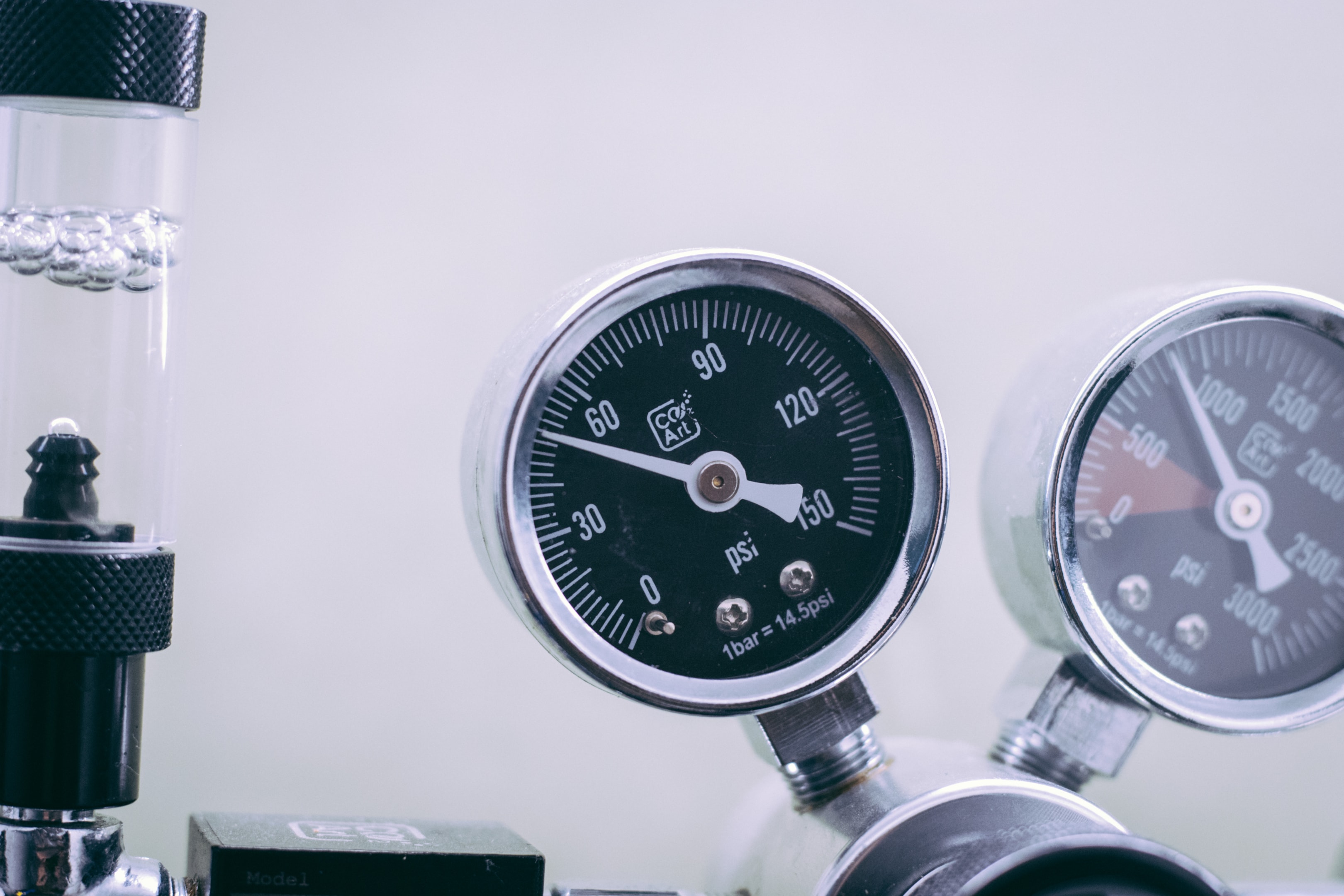
Tools and Materials Needed for Cleaning
To clean your CO2 diffuser effectively, start by gathering the necessary tools. A container for soaking your diffuser is essential, as this will help loosen mineral build-up. Use a solution of vinegar or citric acid mixed with warm water to dissolve calcium deposits. Soak the diffuser for about 15 minutes to break down any stubborn residue. After soaking, thoroughly rinse the diffuser to remove any remaining cleaning solution.
It's essential to clean the diffuser gently and avoid using harsh chemical cleaners that could harm the fish or plants in your aquarium.
Step-by-Step Guide to CO2 Diffuser Cleaning
Proper cleaning of your CO2 diffuser requires following a few simple steps to ensure the best results. Begin by removing the diffuser from your tank and disassembling it if necessary. Place it in a container filled with warm water and vinegar or citric acid to help dissolve any mineral deposits. If you are using a ceramic diffuser, make sure to gently soak it, as harsh scrubbing can damage the delicate ceramic membrane. After soaking, rinse thoroughly to remove any chlorine residue or cleaning agents.
In cases of more stubborn build-up, a chlorine bath may be needed, but avoid using standard household chlorine cleaners. These chemicals can damage the diffuser's surface and clog the membrane pores. If chlorine substances lead to a persistent build-up, it’s essential to focus on removing chlorine residue completely. If you regularly clean your diffuser, it should remain in good condition, preventing the clogged membrane and reduced carbon dioxide flow from affecting your aquarium.
Cleaning Ceramic Diffusers vs. Stainless Steel Diffusers
When it comes to cleaning your CO2 diffuser, there are significant differences between cleaning ceramic diffusersand stainless steel diffusers. For ceramic diffusers, extra care is needed due to the delicate nature of the ceramic membrane. The membrane pores in these diffusers can easily become clogged by mineral deposits or algae, which is why regular cleaning is essential. A chlorine bath can be helpful in this case to clear the pores, but it is vital to ensure all chlorine residue is removed to prevent damage.
On the other hand, stainless steel diffusers are more durable but still require regular maintenance. A chlorine treatment can be effective for removing chlorine residue from the surface of the diffuser. However, you must avoid using chlorine-containing substances that could corrode the steel. Both types of diffusers can suffer from reduced efficiency if too low working pressure results from clogged membranes. For those with ceramic diffusers, it might be necessary to consider an additional replacement membrane if the current one is too damaged or clogged.
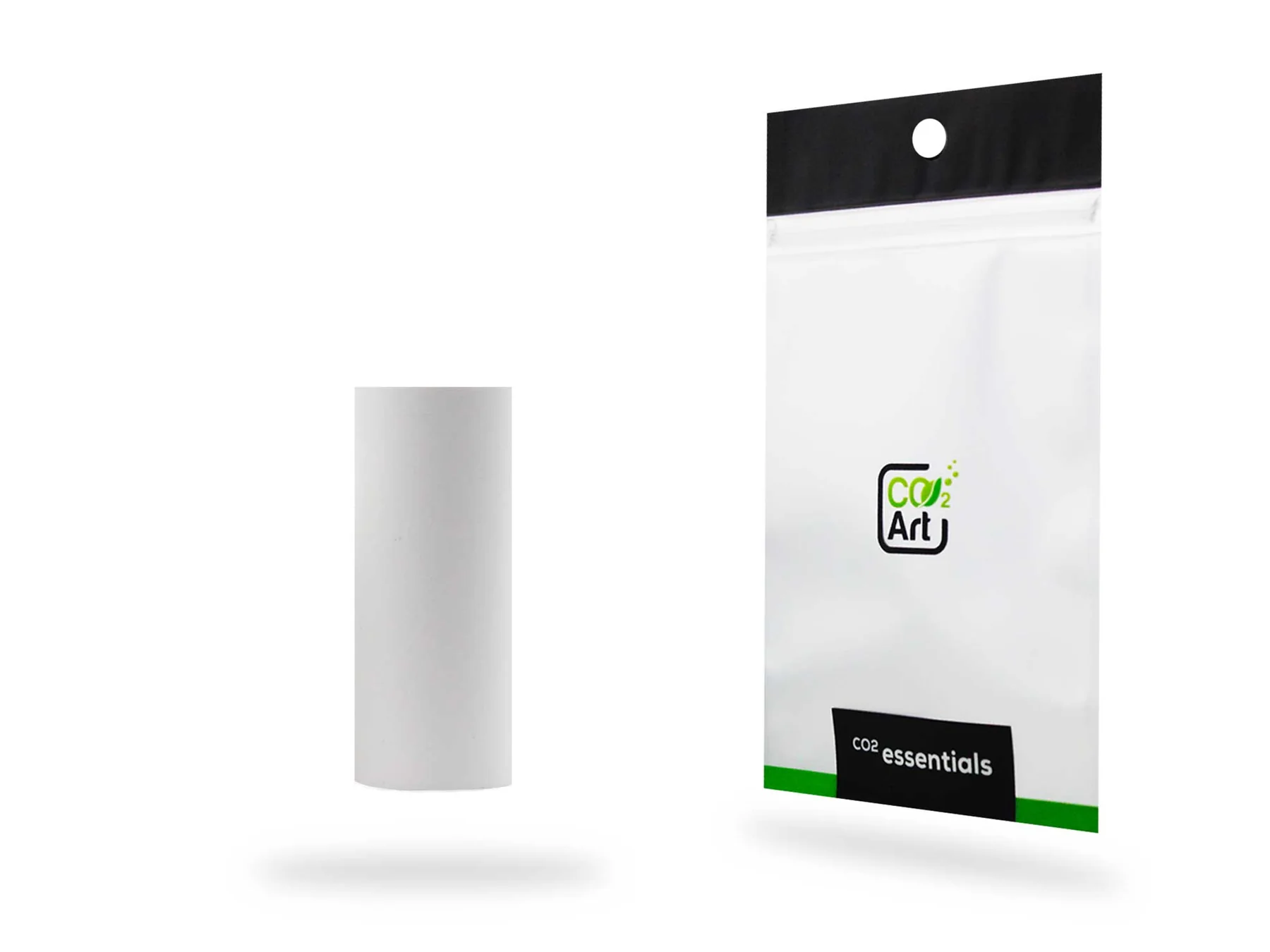
How Often Should You Clean Your CO2 Diffuser?
The frequency of cleaning your CO2 diffuser depends on the type of diffuser and the water conditions in your aquarium. For a ceramic diffuser, it’s recommended to clean it every 2 to 4 weeks, as the ceramic membrane tends to accumulate mineral deposits faster than other materials. If your aquarium is heavily planted or uses carbon dioxide at higher concentrations, you may need to clean the diffuser more frequently to prevent clogging and ensure even CO2 distribution.
You should always monitor the working pressure of the diffuser. If you notice that the bubble count is dropping or the diffuser appears clogged, it’s time to clean it, regardless of the suggested cleaning schedule. Removing chlorine residue from your cleaning solution is crucial, as any chlorine substances lead to potential damage over time.
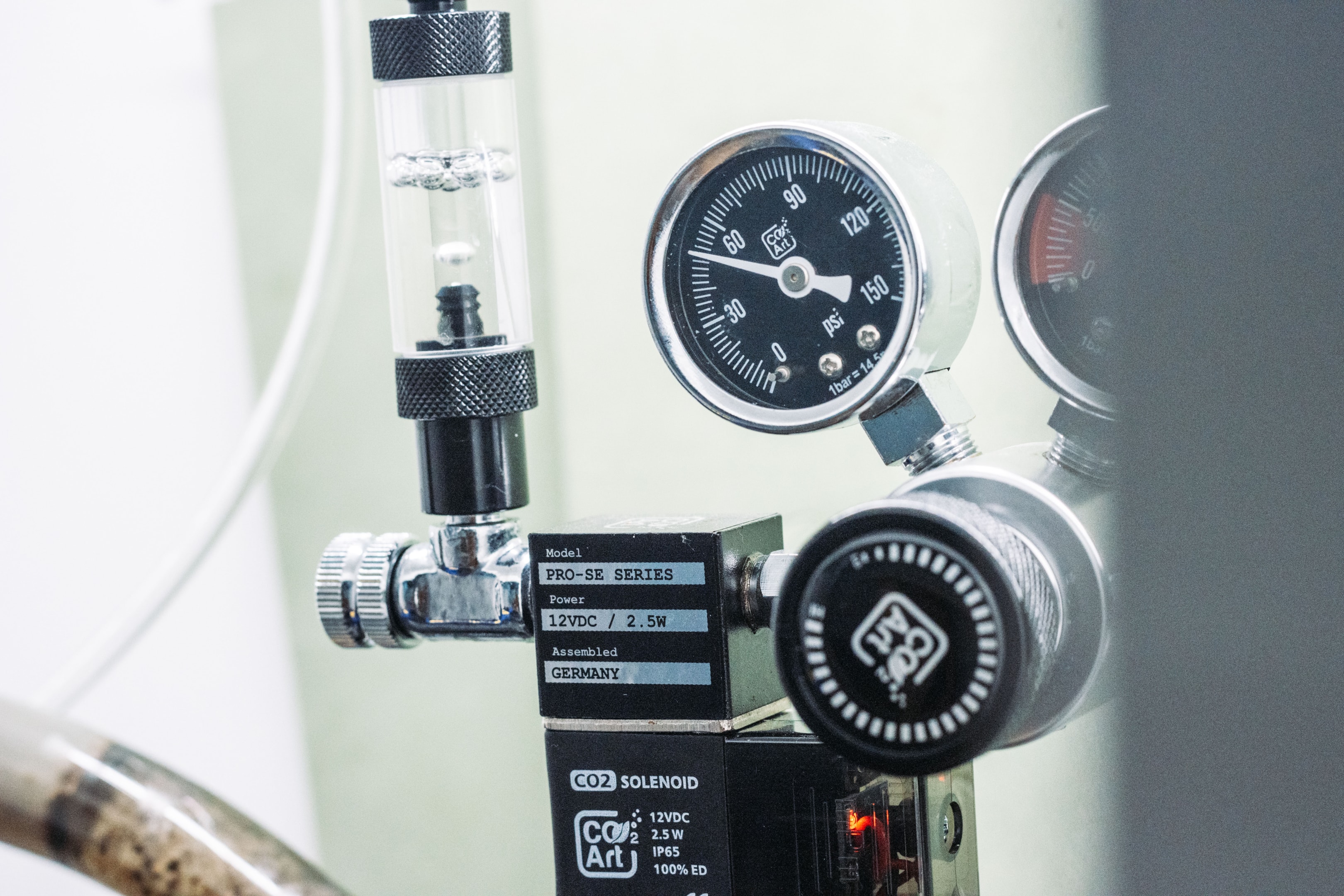
Common Mistakes to Avoid During CO2 Diffuser Cleaning
One of the most common mistakes during CO2 diffuser cleaning is using standard household chlorine cleaners or harsh chemicals. These cleaners can leave chlorine residue on the diffuser, which not only damages the surface but can also harm the aquarium's ecosystem. Always avoid using these types of chlorine-containing substances, as they can lead to long-term damage. Instead, use a gentle cleaning solution like vinegar or citric acid to break down mineral deposits.
Another mistake is using abrasive materials such as brushes or scrubbers, especially for ceramic diffusers. This can cause damage to the delicate ceramic membrane, leading to a clogged membrane that may not work properly. Additionally, when performing a chlorine bath for cleaning, make sure to properly soak and rinse the diffuser to remove all traces of chlorine. Failing to rinse thoroughly can result in harmful chlorine residue remaining, which may affect the health of your fish and plants.
How a Clean Diffuser Enhances Aquarium Health
A well-maintained CO2 diffuser is essential for creating a healthy, thriving aquarium. When your diffuser is clean, it ensures that CO2 is efficiently dispersed throughout the tank, allowing plants to absorb the necessary carbon dioxide for photosynthesis. This promotes lush plant growth, which in turn helps maintain good water quality by competing with algae for nutrients. Without proper CO2 distribution, plants may suffer, and algae can overtake the tank, leading to an unhealthy environment.
Additionally, a clean diffuser prevents the issue of clogged membranes, which can occur when mineral deposits or debris block the pores of a ceramic diffuser. Chlorine-containing substances can exacerbate this problem, as chlorine residues left behind can hinder the efficiency of the diffuser. Regular cleaning removes these residues and ensures that CO2 is evenly distributed, contributing to a thriving ecosystem where both fish and plants flourish.
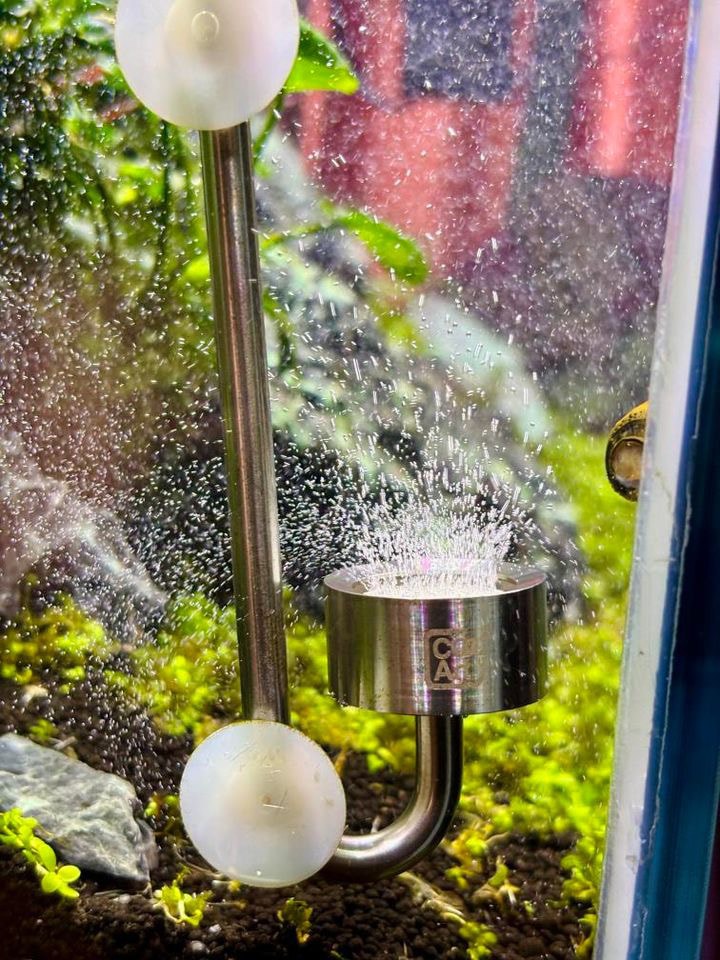
Conclusion: Maintaining Your CO2 Diffuser for Optimal Performance
Maintaining a clean CO2 diffuser is essential for the health of your aquarium and its inhabitants. Regular cleaning helps to prevent issues such as clogged membranes and too low working pressure, ensuring that CO2 is evenly distributed throughout your tank for healthy plant growth. While ceramic diffusers may require more frequent cleaning, stainless steel diffusers can go longer between cleanings. Always be cautious of using harsh chemicals or chlorine-containing substances, as these can damage your diffuser and affect water quality.
In conclusion, by properly maintaining your CO2 diffuser and performing regular cleaning, you’ll help create an optimal environment for your plants and fish. If you encounter issues, removing chlorine residue and using appropriate cleaning solutions like vinegar or a CO2 cleaner can restore the efficiency of your diffuser. Consistent care will ensure a thriving aquarium and a long lifespan for your diffuser.




